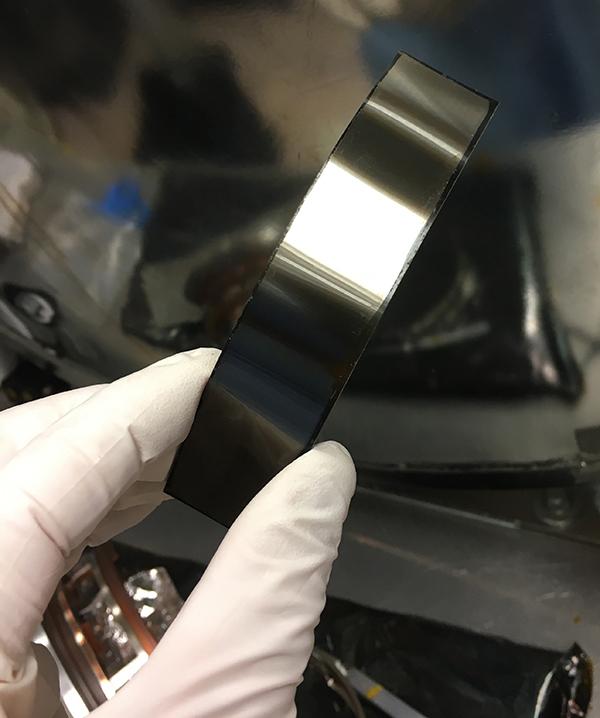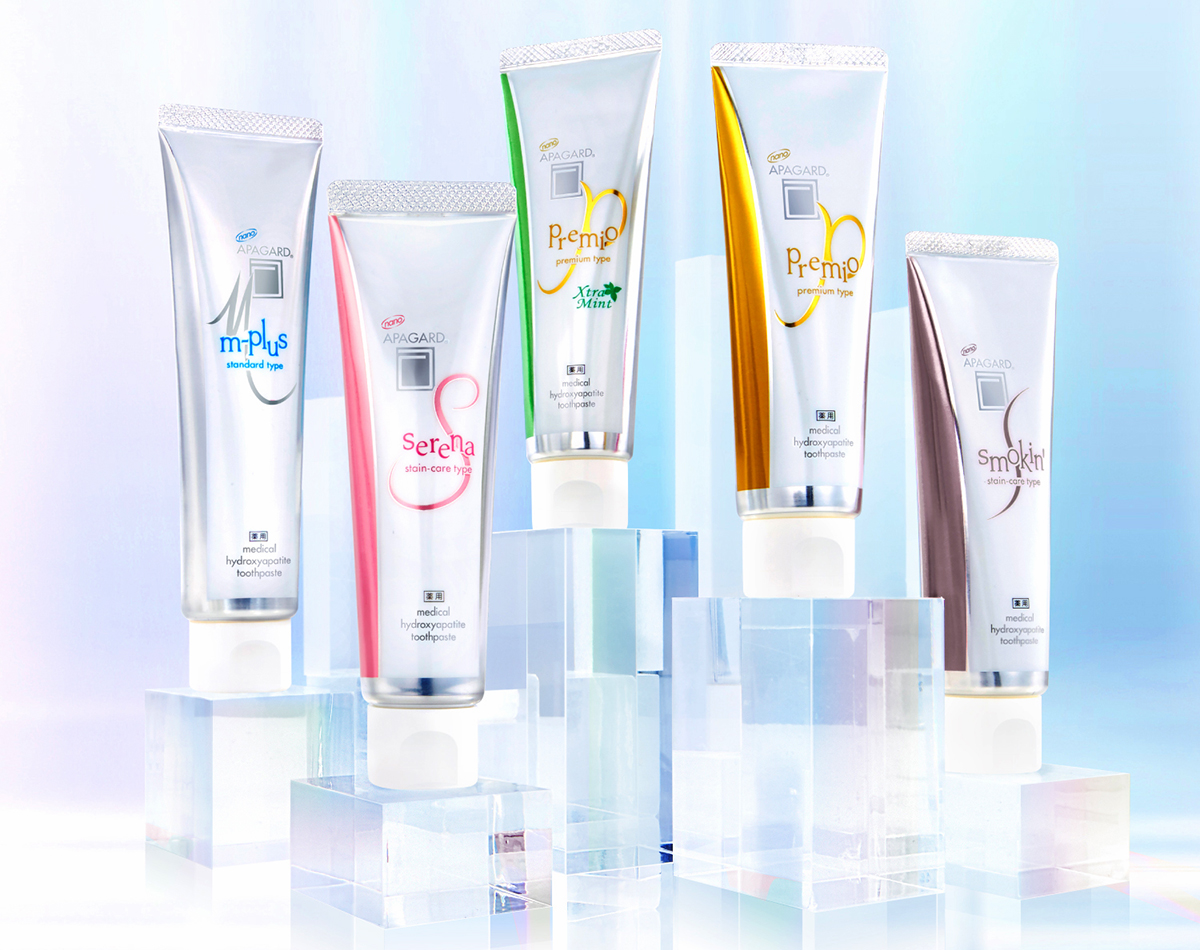
Semiconductor Research Leads to Revolution in Dental Care
Subheadline
Crystals grown for space electronics lead to profusion of remineralizing toothpastes
The casual observer is unlikely to find much in common between teeth and electronics. Early in NASA’s history, though, a space agency researcher spotted one similarity that has led to a whole new family of toothpastes.
Toothpaste based on the mineral hydroxyapatite is only beginning to find a market in the United States after spreading across much of Asia and Europe during the last 40 years. But the unlikely story behind this unique approach to toothpaste, which is said to repair teeth by remineralizing them, began here, in the 1960s in an electronics lab at a short-lived NASA field center in Cambridge, Massachusetts.
At that time, Bernard Rubin was a senior scientist working on semiconductor technology at NASA’s Electronics Research Center, which sat across the street from the Massachusetts Institute of Technology from 1964 until it closed just six years later. He was working to grow structurally and chemically perfect crystals for use in semiconductors – essential components of computers and other electronic devices – and he found that he could produce higher-quality crystals by growing them in a silica gel rather than in water or other media.
There was precedent for this method of crystal growth but not for the insight it inspired in Rubin and his colleagues. They became aware, he wrote in a 1970 article in the journal Nature, of a “similarity between the physical chemical mechanisms of our gel diffusion system and the process of calcium phosphate crystallization during bone formation.” Hydroxyapatite is the form of calcium phosphate that lends its hardness to bones and teeth, where it also crystalizes in a gelatinous medium that was not well understood at the time.
Some years later, Rubin told representatives of the first company to produce hydroxyapatite toothpaste that this realization was inspired by his team’s knowledge that bone loss is one of the most serious physical effects astronauts experience during a prolonged stay in zero gravity.
When he and another NASA scientist filed for a patent around the idea, though, they pitched it for tooth repair, as hydroxyapatite is the main mineral ingredient in both bone and dental enamel. The idea they patented was a method for using gel to grow crystals of brushite – a precursor to hydroxyapatite – and then capping them in place on the damaged surface of a tooth, where they would convert to hydroxyapatite and repair the tooth.
By repairing teeth using their own natural ingredient, and even imitating the tooth’s gel-based crystal-growth process, Rubin’s proposed method was an early example in the emerging field of biomimetics, the imitation of biology to solve biological problems.
By the time the patent was granted in 1972, the Electronics Research Lab was no more, and Rubin had transferred to NASA Headquarters in Washington to manage remote sensing and data acquisition programs.
‘The Same Substance as Our Teeth’
Two years later, on the other side of the world, Shuji Sakuma founded Sangi Co. Ltd. in Tokyo as a trading company dealing in wine, machinery, intellectual property, and more. Early on, as he searched for business ideas, Sakuma came across a compilation of available NASA patents. Rubin’s patent caught his eye.
Sakuma mentioned the technology to one of Sangi’s original investors and directors, who happened to be a dentist with connections in the dental academic world. In November of 1974, Sakuma sent this dentist and a professor from Nippon Dental University to meet Rubin and colleagues. Sakuma’s wife and current president of Sangi, Roslyn Hayman, describes the trip in a history she recently compiled, writing that the two envoys spent a full day with Rubin at a NASA facility and were impressed enough with his discovery that Sakuma decided to acquire the patent.
According to Sakuma, this is when Rubin cited astronaut bone loss as an inspiration for his insight.
The dental professor then spent the next decade trying to implement the idea outlined in the brief, two-page patent but never achieved the desired results. Meanwhile, Sakuma grew impatient and proposed skipping the intermediate step of forming hydroxyapatite in the mouth from brushite crystals and instead simply infusing a toothpaste with hydroxyapatite. “On the basis of the NASA patent that his company had acquired, Sakuma proposed creating ‘a toothpaste containing the same substance as our teeth’ that could actually restore teeth,” Hayman writes. He enlisted the help of another dental university specialist to work out the technical details and test the resulting toothpaste’s effectiveness.
By the late 1970s, Sakuma had found a manufacturer, and clinical trials were underway. Sangi launched its first toothpaste, Apadent, in Japan in 1980, followed by Apagard in 1985.
From East, Back West
Japan has been slow to adopt fluoride treatment, so there was interest in finding an alternative, Sakuma said in an interview. “Given the situation, our product was carried on the wind.”
However, it took years to get government approval to make any medical claims about the products, so they were initially – and successfully – marketed as beauty products for whitening teeth. After Sakuma “begged, borrowed, and mortgaged everything” to fund his first advertising campaign, featuring people identifying each other by the whiteness of their teeth, the company sold what it had expected to be a year’s supply in three weeks, Hayman said in an interview. Hydroxyapatite toothpaste was in business.
It wasn’t until 1993 that the Japanese government recognized hydroxyapatite as an anti-cavity agent. According to the company, studies over the last 40 years have also found that by restoring the enamel surface, hydroxyapatite improves tooth whiteness and gloss, protects against plaque attachment and erosion, and prevents hypersensitivity, and it’s also been shown to help remove oral bacteria and eliminate bad breath.
Different markets have embraced it for different reasons. The Japanese government still doesn’t recognize it for sensitivity prevention, but this is its biggest selling point in much of Europe, Hayman said. Because hydroxyapatite is safe to swallow, it has also been successful in children’s products.
Following its success in Japan, Sangi’s first international toothpaste sales were in Russia, followed by Canada and China. These are still the company’s biggest markets outside its home country. Sangi also makes toothpastes that a number of other companies sell under their own names, such as Yakult’s popular Apacoat S.E.
The company now exports to 25 countries, has a subsidiary in Germany, and employs more than 100 people. Since its founding, Sangi has sold more than 160 million tubes of its hydroxyapatite toothpaste.
In the United States, the Food and Drug Administration (FDA) doesn’t allow cavity-fighting claims for toothpastes that don’t have fluoride, preventing Sangi from entering the U.S. market until now. However, the FDA recently approved an anti-sensitivity product the company developed based on hydroxyapatite.
By now, hundreds of other companies make hydroxyapatite toothpaste. Most of them followed Sangi’s lead, and Sangi followed NASA’s Rubin. “Sakuma could never have conceived of his idea without Rubin’s revolutionary insight,” reads Hayman’s company history. “We believe that we owe it all to the NASA patent.”
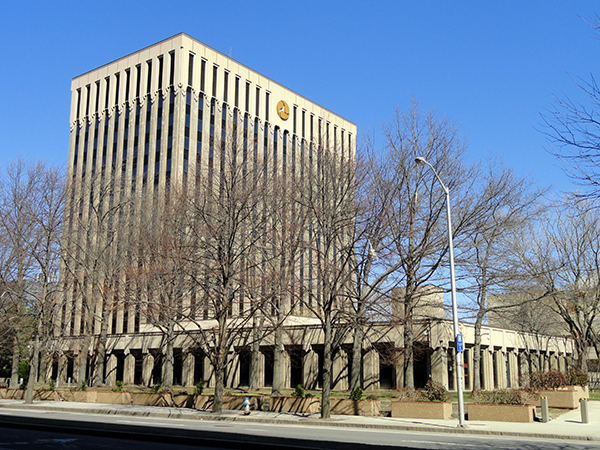
This building in Cambridge, Massachusetts, now the John A. Volpe National Transportation Systems Center, housed NASA’s short-lived Electronics Research Center from 1964 to 1970. That’s where research into crystals for electronics led to an idea for repairing teeth with hydroxyapatite crystals. Credit: Daderot, CC0
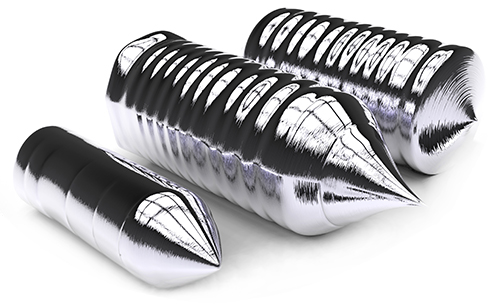
Monocrystalline silicon ingots like these are grown in labs. A NASA researcher growing crystals for electronics in the 1960s noticed a similarity with the way crystals form in teeth and bones and patented a method for growing hydroxyapatite crystals to repair teeth. Credit: Getty Images
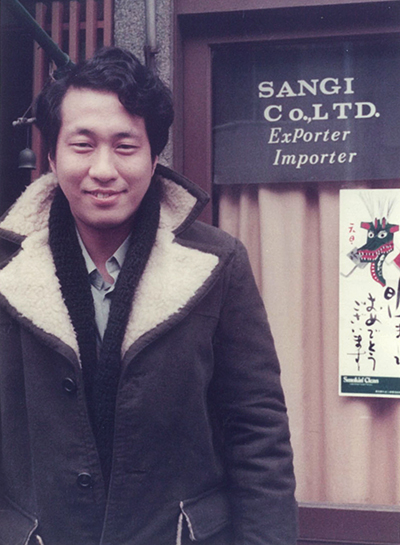
Shuji Sakuma founded Sangi Co. Ltd. in Tokyo in 1974, the same year he came across a NASA patent for repairing teeth with hydroxyapatite crystals. It led to the lines of toothpaste that became the company’s flagship product and inspired hundreds of imitators. Credit: Sangi Co. Ltd.
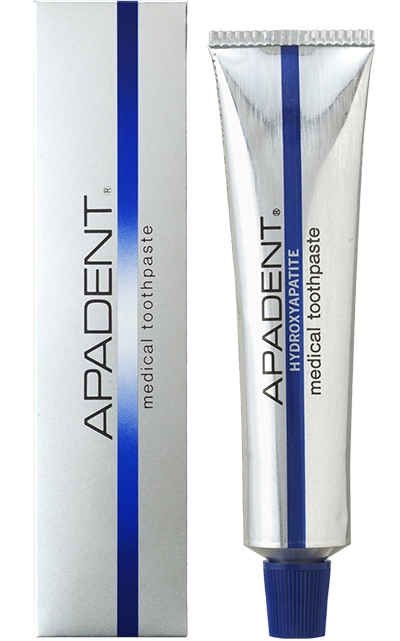
Sangi’s first hydroxyapatite-based toothpaste, Apadent, hit the market in 1980 with this packaging design. Credit: Sangi Co. Ltd.
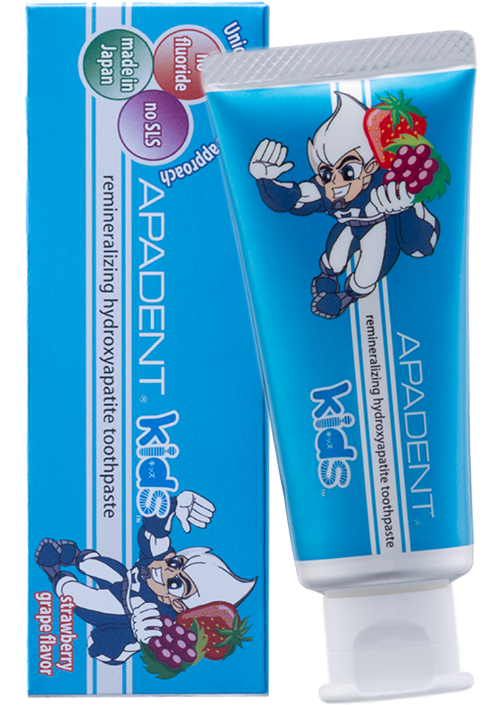
Sangi now makes a children’s variety of Apadent, among other variations. Credit: Sangi Co. Ltd.

Sangi’s Apagard line, launched in 1985, is billed as restorative whitening toothpaste. Credit: Sangi Co. Ltd.













